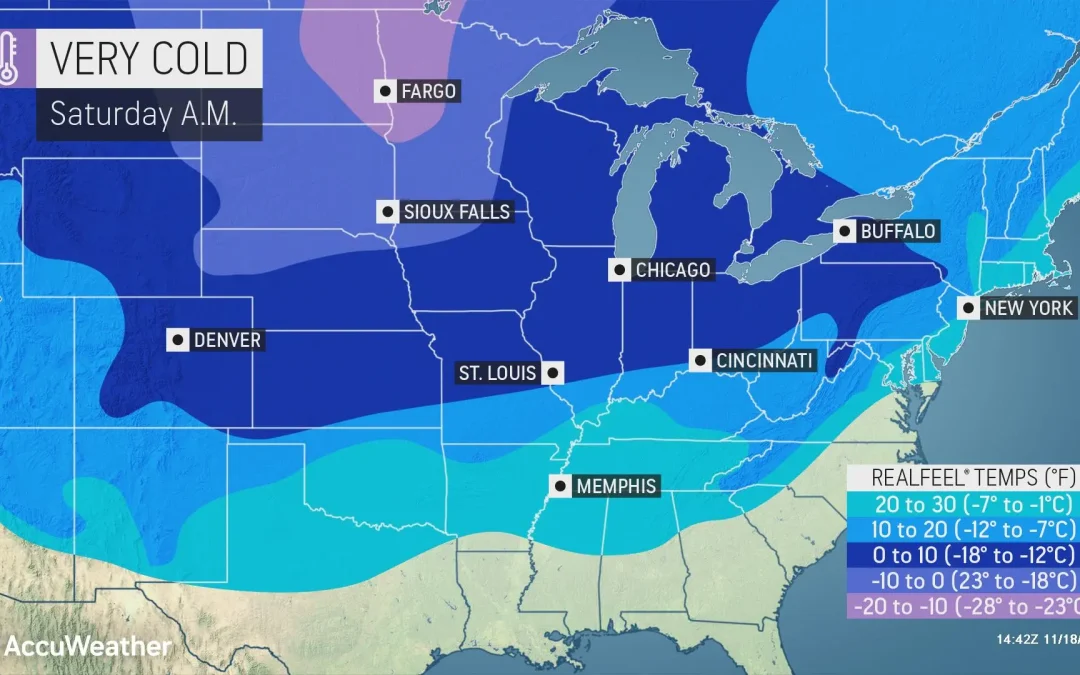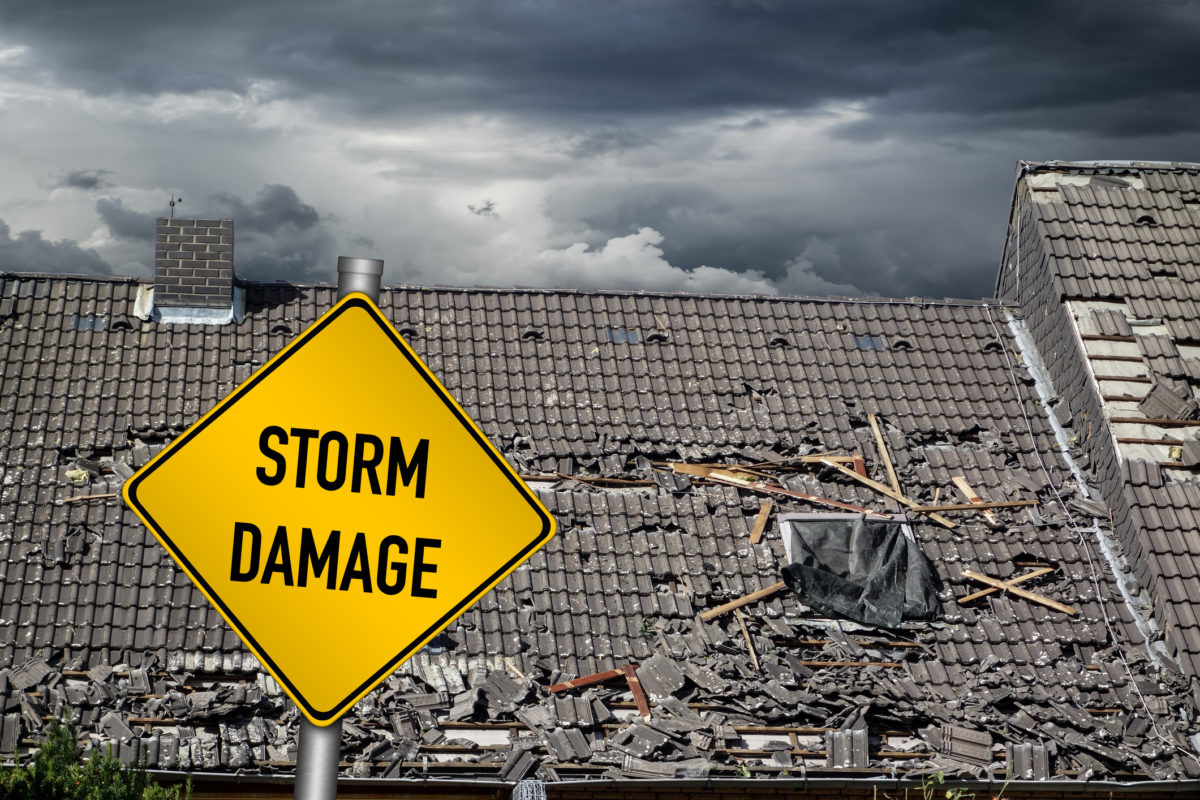As the United States braces for an intense cold wave in early January 2025, it’s crucial to understand the implications of such weather and adopt safety measures to protect yourself and your loved ones.
Understanding the Current Freeze
A polar vortex is set to bring exceptionally cold temperatures to the eastern half of the United States in January, potentially making it the coldest January since 2014. This Arctic outbreak is expected to bring temperatures 20 to 30 degrees below average, reaching as far south as the Gulf Coast and Florida.
Health Risks Associated with Extreme Cold
Exposure to severe cold can lead to serious health issues, including hypothermia and frostbite. Hypothermia occurs when the body loses heat faster than it can produce, leading to a dangerously low body temperature. Symptoms include shivering, confusion, slurred speech, and drowsiness. Frostbite is the freezing of skin and underlying tissues, often affecting extremities like fingers, toes, nose, and ears. Signs include numbness, white or grayish-yellow skin, and firm or waxy skin.
Safety Measures to Consider
-
Stay Informed: Regularly check weather forecasts and heed warnings from local authorities. Sign up for community alert systems to receive timely updates.
-
Prepare Your Home:
- Insulation: Ensure your home is well-insulated. Seal cracks and openings to prevent cold air from entering.
- Heating: Maintain heating equipment and chimneys by having them cleaned and inspected annually. Use space heaters safely, keeping them at least three feet away from flammable materials.
- Carbon Monoxide Safety: Install battery-operated carbon monoxide detectors and test them regularly. Never use generators, grills, or camp stoves indoors, as they can produce deadly carbon monoxide gas.
-
Protect Your Pipes: To prevent pipes from freezing, let faucets drip and open cabinet doors to allow warm air to circulate around plumbing. Consider insulating pipes, especially those in unheated areas.
-
Dress Appropriately: When going outdoors, wear several layers of loose-fitting, lightweight clothing. Ensure that outer garments are tightly woven and water-repellent. Protect your head, hands, and feet, as these areas are prone to heat loss.
-
Travel Safely:
- Vehicle Maintenance: Ensure your vehicle is winter-ready. Check the battery, antifreeze levels, and tire tread. Keep the gas tank at least half full to prevent the fuel line from freezing.
- Emergency Kit: Carry an emergency kit in your car, including blankets, food, water, a flashlight, and a first-aid kit. This preparation is vital in case you become stranded.
- Driving Tips: Drive slowly and increase following distances. Be cautious on bridges and overpasses, as they freeze first. If you begin to skid, steer in the direction you want the front wheels to go.
-
Check on Vulnerable Individuals: Elderly individuals, young children, and those with chronic illnesses are more susceptible to cold-related health issues. Ensure they have adequate heating and are safe during extreme cold.
-
Pet Safety: Bring pets indoors during extreme cold. If they must stay outside, provide adequate shelter, food, and unfrozen water.
Energy Conservation and Safety
With increased heating demands, it’s essential to use energy wisely:
-
Thermostat Settings: Set your thermostat to a comfortable level when home and lower it when sleeping or away to conserve energy.
-
Alternative Heating Methods: Some individuals use creative methods to stay warm, such as DIY terracotta pot heaters. While these can provide supplemental heat, exercise caution. Ensure proper ventilation, never leave them unattended, and be aware of the risks of fire and carbon monoxide buildup.
Recognizing and Responding to Emergencies
-
Frostbite: If you suspect frostbite, get into a warm room as soon as possible. Avoid walking on frostbitten feet or toes. Immerse the affected area in warm—not hot—water. Seek medical attention immediately.
-
Hypothermia: If someone is experiencing hypothermia, get them into a warm room or shelter. Remove any wet clothing and warm the center of their body first—chest, neck, head, and groin. Keep the person dry and wrapped in warm blankets, including the head and neck. Seek medical attention as soon as possible.
The impending freeze poses significant challenges, but with proper preparation and vigilance, you can safeguard your health, home, and community. Stay informed about weather conditions, prioritize safety in every aspect of your daily routine, and ensure that vulnerable individuals and pets are cared for during this extreme cold. By taking proactive measures and following the safety tips outlined, you can minimize risks and navigate this harsh weather event with confidence. Remember, preparedness is your strongest defense against the severe impacts of winter weather. Stay warm, stay safe, and support one another as we weather this freeze together.




Help me !
checking in